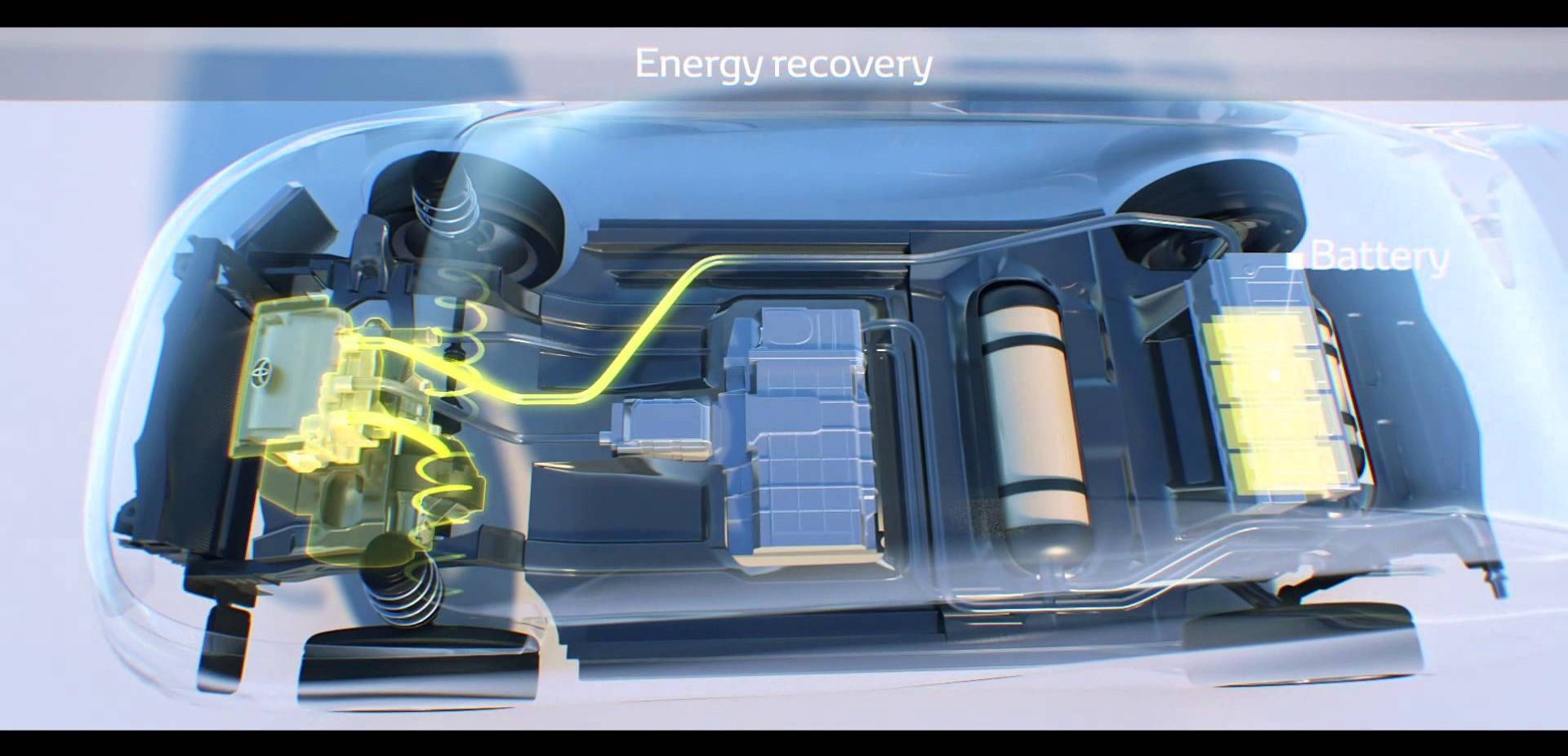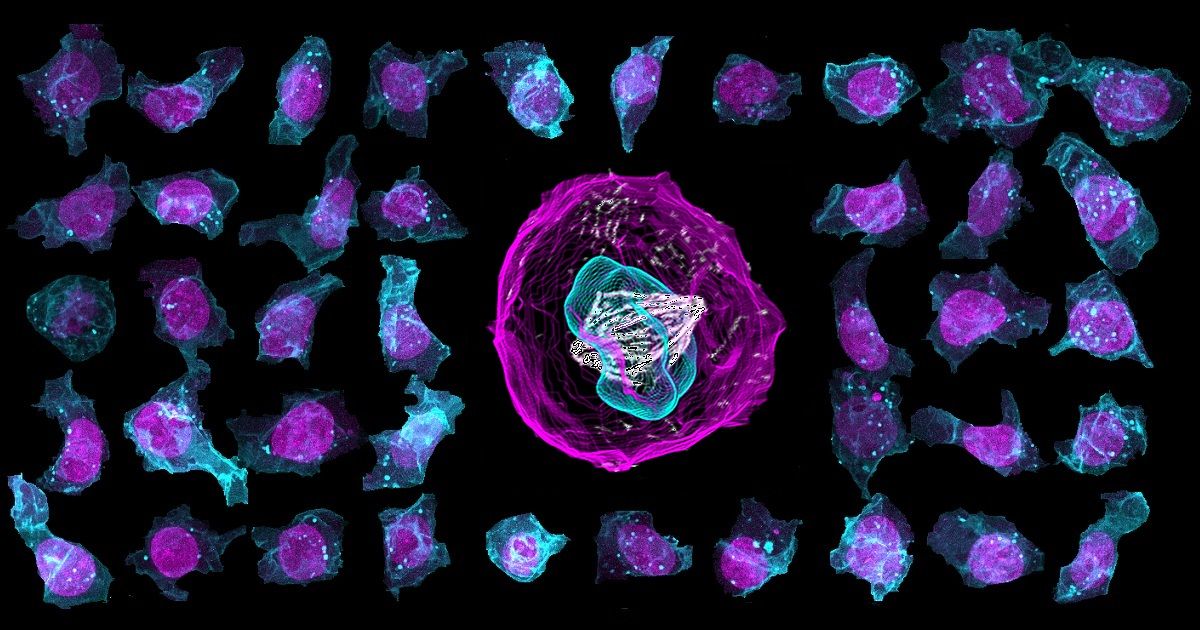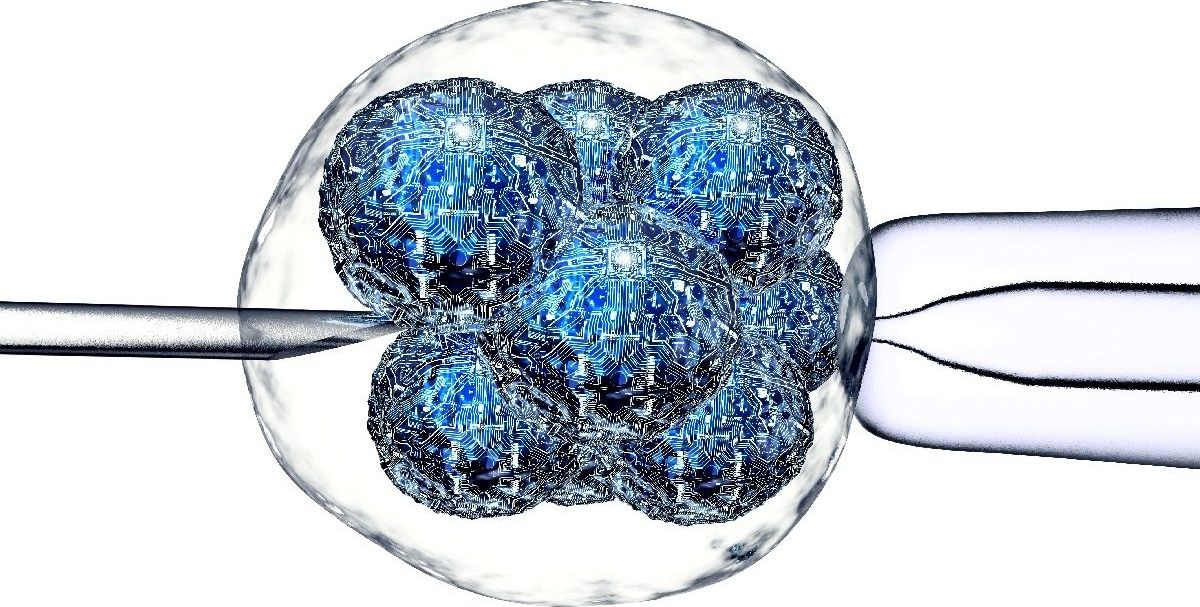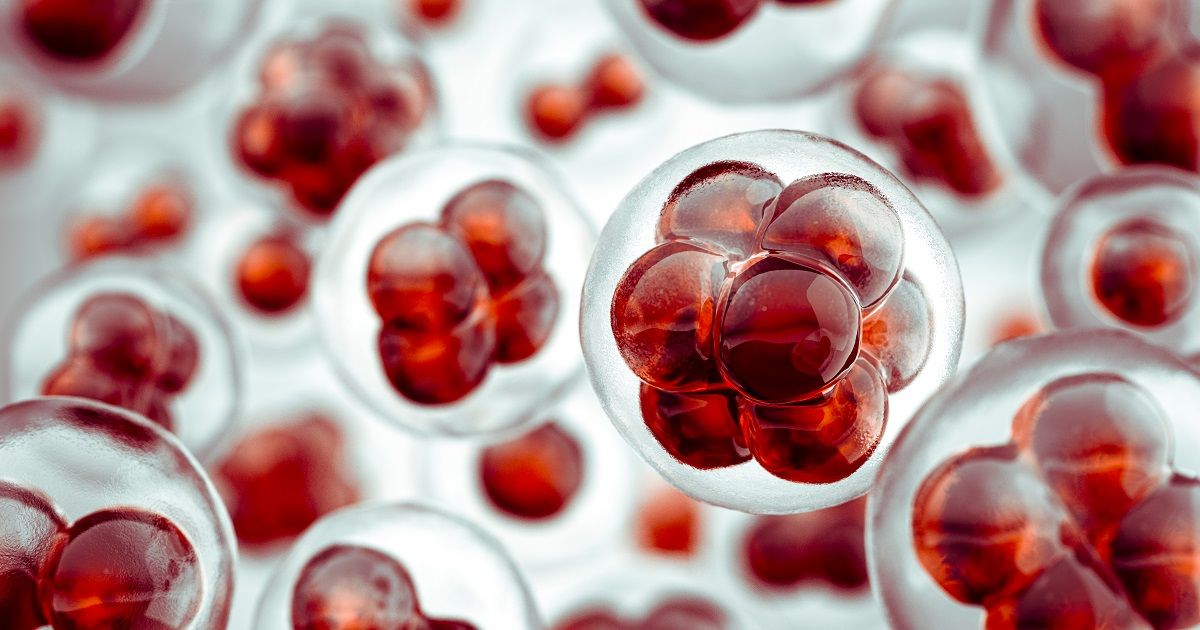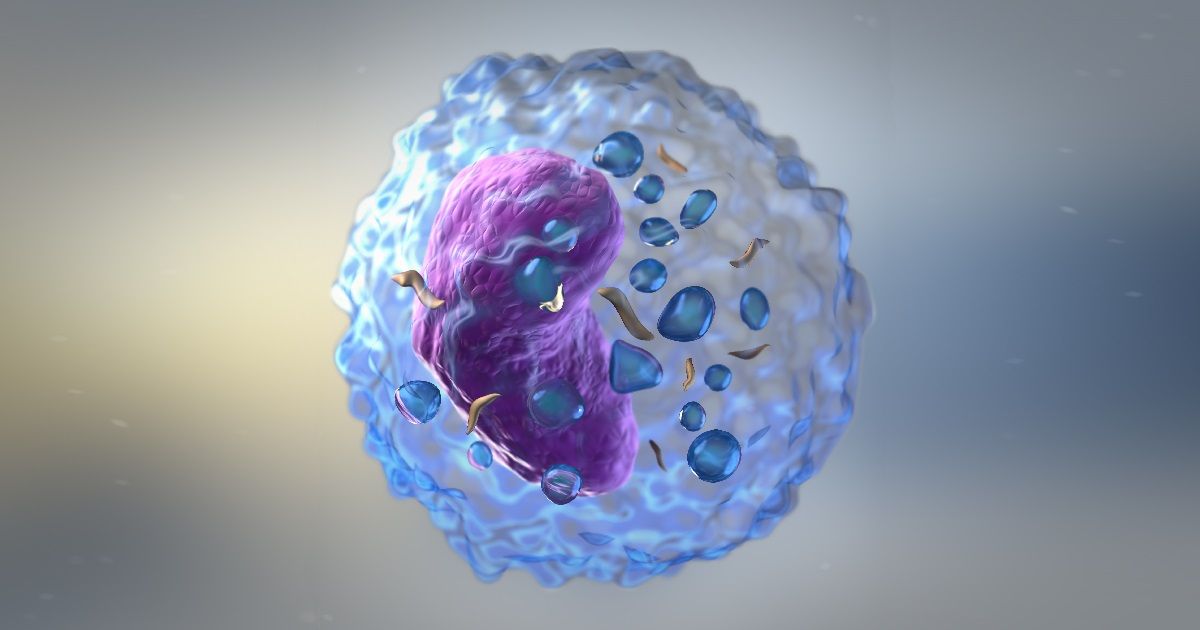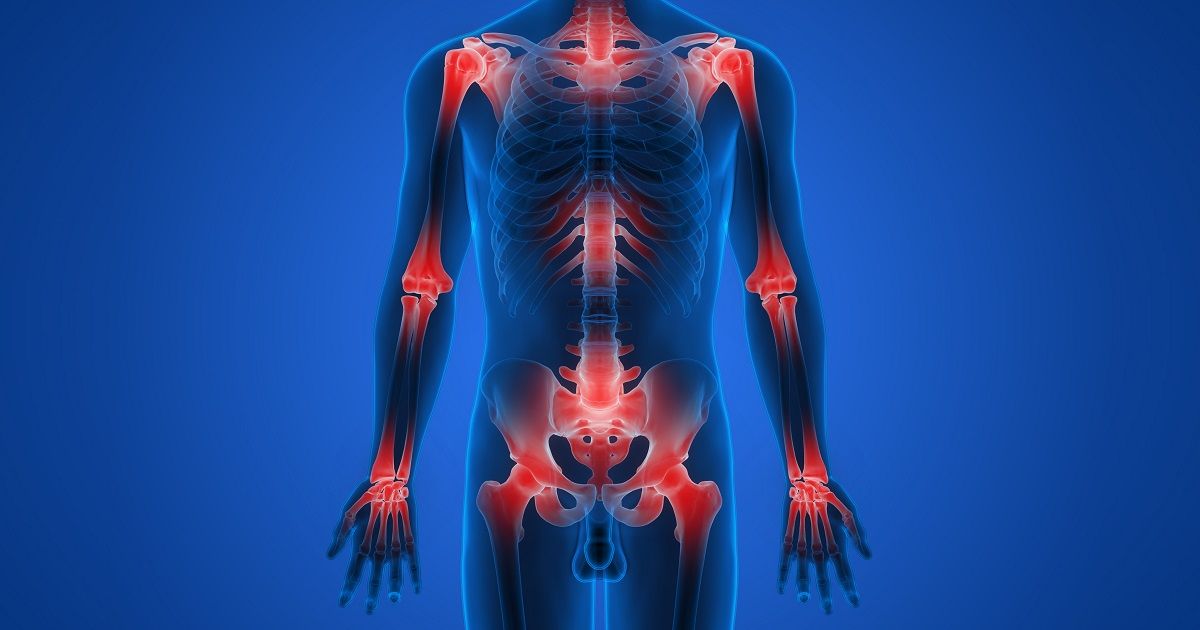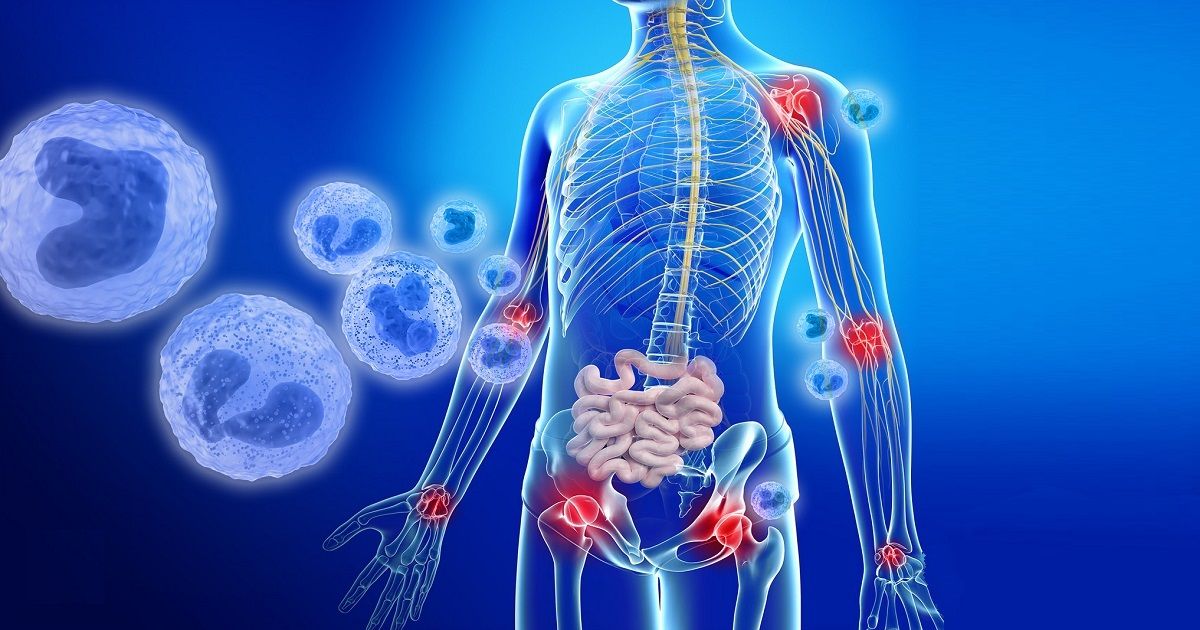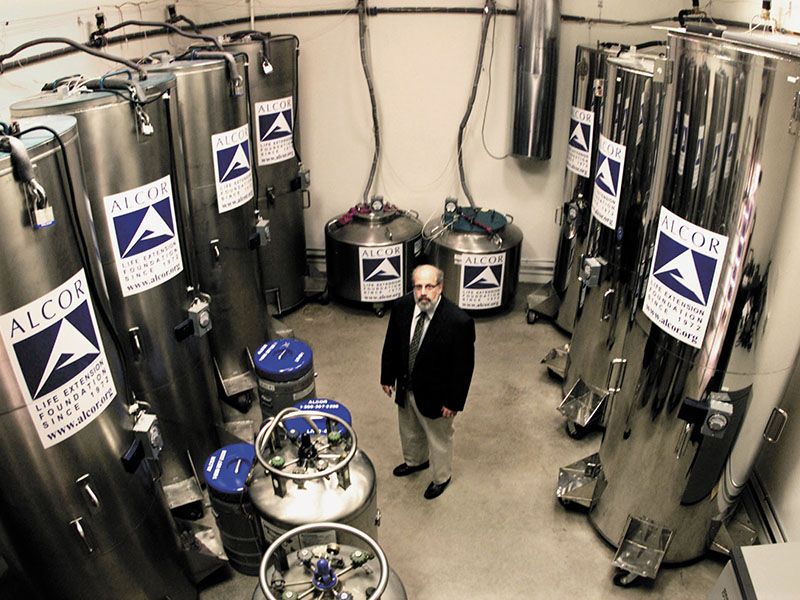Japanese automaker Toyota is serious about perfecting hydrogen fuel cell technology to power its vehicles, and it’s scheduled an initial feasibility study operations for its zero-emissions heavy-duty truck a little over a week from today. A concept version of a truck running Toyota’s specialized hydrogen fuel cell system designed for heavy-hauling use will be moving goods from select terminals at the Port of LA and Long Beach to nearby warehouses and rail yards beginning on October 23.
“If you see a big-rig driving around the Ports of Los Angeles and Long Beach that seems oddly quiet and quick, do not be alarmed! It’s just the future,” Toyota wrote in a press release. The company expects the daily runs to cover some 322 kilometers (200 miles) to test the fuel cell system’s duty-cycle capabilities. Afterwards, longer trips could be introduced.
Image credit: Toyota.
